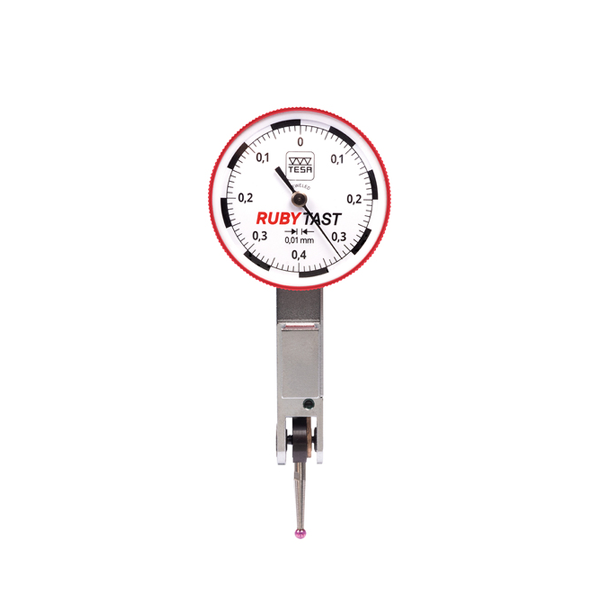Digital indication provides error-free reading of the measured value. There is no need to read fractions of scale divisions.
Analogue indication offers the advantage of being able to smoothly adjust the increase or decrease of the dimension to be measured on the workpiece. This type of indication is best suited for dynamic measurements such as determining axial and radial runout errors.
Electronic indicators provide many additional functions compared to the mechanical models. For more information, refer to the section on electronic indicators.
The inspection of axial and radial runout errors frequently requires the use of instruments with the lowest hysteresis characteristic. Our electronic indicators, precision dial gauges and dial test indicators meet this requirement.
In order to significantly reduce the effect of systematic errors, it is recommended to carry out comparative measurements. Only deviations from the nominal dimension will be displayed. High precision, small range electronic indicators are the ideal instruments for these types of measurements.
These same instruments also enable avoiding major errors in reading millimetres.

